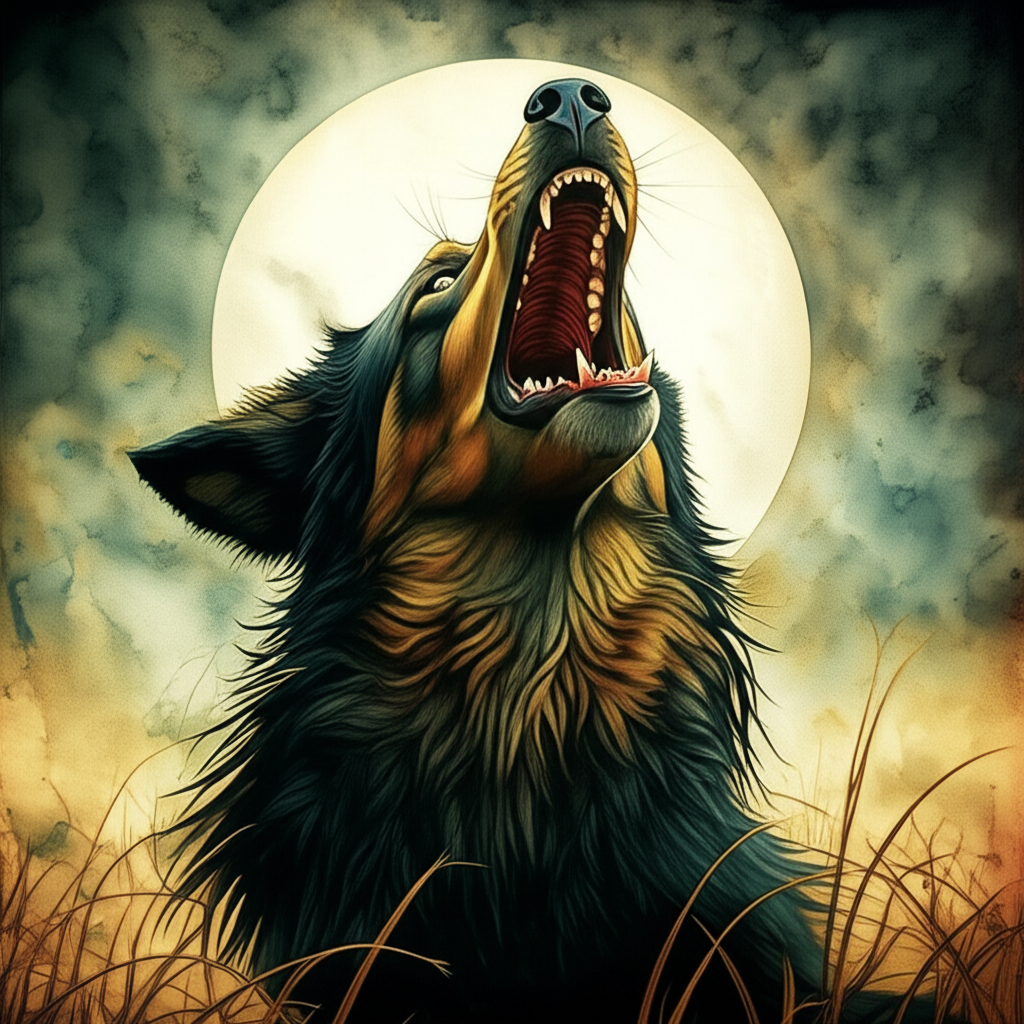
The superstition that a dog’s howl portends impending death is a deeply rooted belief, persisting across cultures and throughout history.
Historical Background Beliefs surrounding dogs and their perceived connection to the supernatural can be traced back to ancient civilizations. In ancient Egypt, dogs and dog-headed deities, like Anubis, were revered for their prophetic abilities. This association may stem from the appearance of Sirius, the Dog Star, which heralded the annual flooding of the Nile, prompting people to prepare accordingly. Thus, dogs became symbols of warning and foresight.
The Romans also attributed to canines the power to foresee death. Historical accounts mention dogs howling before the assassination of Julius Caesar and the death of Emperor Maximinus, solidifying the belief that dogs possessed a unique connection to the spirit world.
Cultural Beliefs The association between a dog’s howl and death permeated the folklore of numerous cultures, manifesting in diverse variations. In Welsh legend, dogs were believed to be the only creatures capable of seeing the spectral Hounds of Annwn, guardians of the underworld. Irish, Hebrew, and Greek traditions interpreted a dog’s mournful howl as the beginning of a funeral dirge, a lament that mourners would then imitate in their keening during funeral processions. These examples highlight the widespread perception of dogs as intermediaries between the living and the dead.
Evolution of the Superstition The earliest documented reference to the superstition appears in the medieval Distaff Gospels, a collection of wisdom attributed to women in the fifteenth century. A 1507 English translation advises, ‘What one hereth dogges houle and cry he ought for to stopee his eres, for they brynge euyell [evil] tydynges.’ This indicates that the belief was already established and considered common knowledge during the medieval period.
Over time, the superstition evolved to include more specific interpretations. In Europe and Ireland, a dog howling persistently during the night was interpreted as an omen of imminent death for someone nearby. A solitary howl, on the other hand, was believed to signify that a death had just occurred, with the dog marking the passing of a soul.
Modern Interpretations The longevity of the superstition is partly attributed to its incorporation into literature and art. Prominent authors, such as Shakespeare, Coleridge, and Dickens, used the image of a howling dog to create dramatic tension and evoke a sense of foreboding. In Shakespeare’s Henry VI, the line ‘At thy birth, an evil signe . . . Dogs howl’d’ connects the dog’s howl with misfortune. Coleridge’s Christabel describes a mastiff’s bitch howling, with some believing ‘she sees my lady’s shroud.’ In Dickens’ Martin Chuzzlewit, the sound fills a character with terror. These literary portrayals solidified the superstition in the public consciousness.
Even in contemporary times, the belief persists, with many modern mediums crediting dogs with the ability to sense spirits and see ghosts that are invisible to the human eye. This enduring association reinforces the notion that dogs possess a heightened sensitivity to the supernatural realm, maintaining the age-old superstition that a dog’s howl may herald the approach of death.